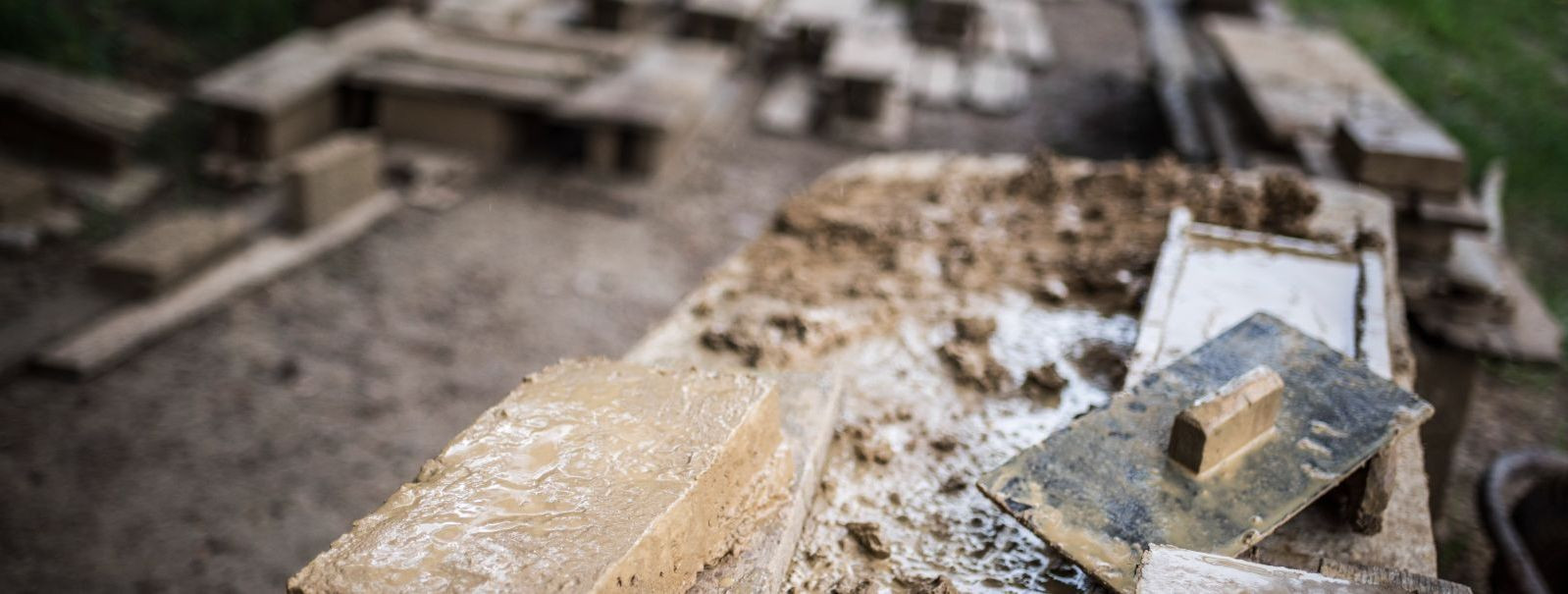Maximizing your space: benefits of suspended ceilings
Suspended ceilings, also known as drop ceilings or false ceilings, are a secondary ceiling hung below the main structural ceiling. They are a staple in modern architecture and interior design, offering both functional and aesthetic benefits to a space.
The concept of suspended ceilings dates back centuries, but it was the 20th century that saw their rise in popularity, particularly in commercial settings. Today, they are widely used in offices, schools, hospitals, and homes, showcasing their versatility and appeal.
Advantages of Suspended Ceilings
Suspended ceilings provide a clean and finished look, concealing ductwork, wiring, and piping. They also offer design flexibility with a variety of textures, colors, and patterns to choose from, allowing for a customized appearance that can complement any interior design theme.
These ceilings are excellent for soundproofing, as they can significantly reduce noise levels within a space. This is particularly beneficial in multi-story buildings or spaces that require a quiet environment.
By creating a smaller space to heat or cool, suspended ceilings can lead to energy savings. They also allow for the integration of efficient lighting solutions that can further reduce energy consumption.
Maintenance and repairs of building systems are made easier with suspended ceilings, as they provide convenient access to the hidden services above.
Many suspended ceiling systems are designed with fire-resistant materials, offering an added layer of protection and safety to a building's occupants.
With the right materials, suspended ceilings can resist moisture and prevent the growth of mold, ensuring a healthier environment.
Types of Suspended Ceilings
These tiles are specifically designed to control sound, making them ideal for environments where acoustics are a priority.
Metal tiles offer a modern look and are durable, making them suitable for a variety of applications.
For those seeking to enhance natural light or create specific lighting effects, translucent and fiberglass ceiling tiles can be an excellent choice.
Installation and Maintenance
Installing a suspended ceiling requires precision and expertise. Professional installation ensures that the ceiling is properly aligned, secure, and meets all building codes and regulations.
While suspended ceilings are low maintenance, they do require occasional care to maintain their appearance and functionality. This includes cleaning and replacing tiles as necessary.
Customization and Personalization
With a wide range of materials and styles available, homeowners and developers can select the perfect suspended ceiling to match their specific needs and aesthetic preferences.
Modern suspended ceilings can be equipped with smart lighting and technology, adding both functionality and a contemporary feel to any space.






Comments (0)